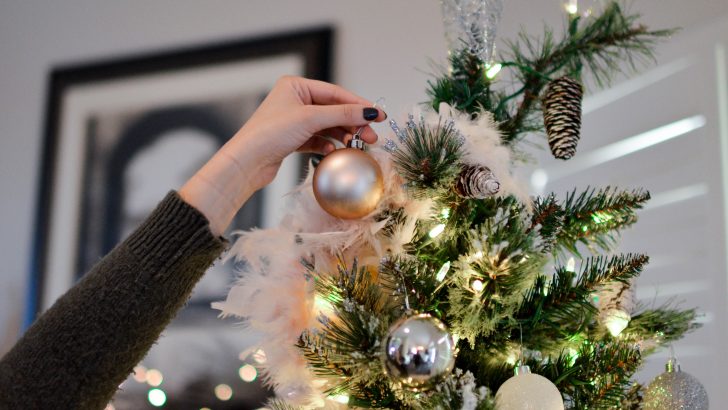Our childhood Christmases are too few. Before the age of three, children know too little to truly appreciate Christmas. After the age of 11, or so, they know too much, as they veer recklessly towards their teenage years. This means that we have perhaps eight pristinely innocent childhood Christmases. We parents must do what we can to fill these eight seasons with magic and love.
For children, Christmas begins with wide-eyed delight at their everyday world suddenly becoming enchanted. The grey winter streets become spangled with fairy lights. Their minds resonate with old Christmas stories retold. Their hearts grow warm as families gather by the fireside. And then there are, of course, the sparkling presents under the tree. This is all well and good, but filling them with the sort of Christmas spirit that endures long after childhood is perhaps our most important task. It is the oldest Christmas story of all which brings the deepest, and most lasting, spiritual warmth to these midwinter celebrations. There’s no gift like the joy we receive when we give. Children know that too. Last year, the older kids spontaneously rummaged through their rooms and found little things to give the smaller children. I too remember the happiness at filling a pillow case with toys I’d outgrown and merrily giving them to my little brothers. I guess the reason Santa’s always so happy is because he gives so much.
Our letters to Santa get sent by “fire post”. They are carefully written and embellished with decorations. One evening, they are ceremoniously placed in the fire, where they are transformed into smoke, which drifts to the North Pole, where they rematerialise as letters. I was touched to see the humble requests made this year. One read: “Dear Santa, I have lots already. This Christmas all I want is a selection box, Lego, books and a surprise.” Another list was very slightly more ambitious, but it contained the caveat, “Dear Santa, I do not expect everything on this list, but I would also like a surprise and a chocolate orange in my stocking”. It is the surprise – the magic – that children are really after.
In our house, Santa does bring plenty of fun, excitement and Christmas magic, but he is also gently, subtly and very politely, directed towards the periphery of things. We parents give the kids their main Christmas presents, while Santa plays more of a cameo role, arriving to fill the stockings and to deliver a few small extras. Diminishing the centrality of the theology of the jolly old elf in the children’s thoughts may be best in the long run. After all, if you teach innocent minds that two important Christmas stories are equally true and important, you should not be surprised if any shifting perspectives as to one precipitates similar deconstructions as to the other. A substantial distinction as to the weight and importance of these two supernatural stories is wise.
The kids take turns lighting a candle in front of the crib each evening. This calls their minds to the innocence of a small, poor baby born in a stable. The least amongst us is the highest. I take the kids to gather holly and ivy in the woods – the original organic tinsel. We spread it along the mantlepieces, and place sprigs of holly above picture frames. These evergreens are symbols of things that live, even in the coldest winter. They are humble symbols of things which neither wither nor die. A reverence for eternal innocence lies at the heart of Christmas. Even the coldest hearts grow warm, as love bleeds light into deep winter.


 Rory Fitzgerald
Rory Fitzgerald
